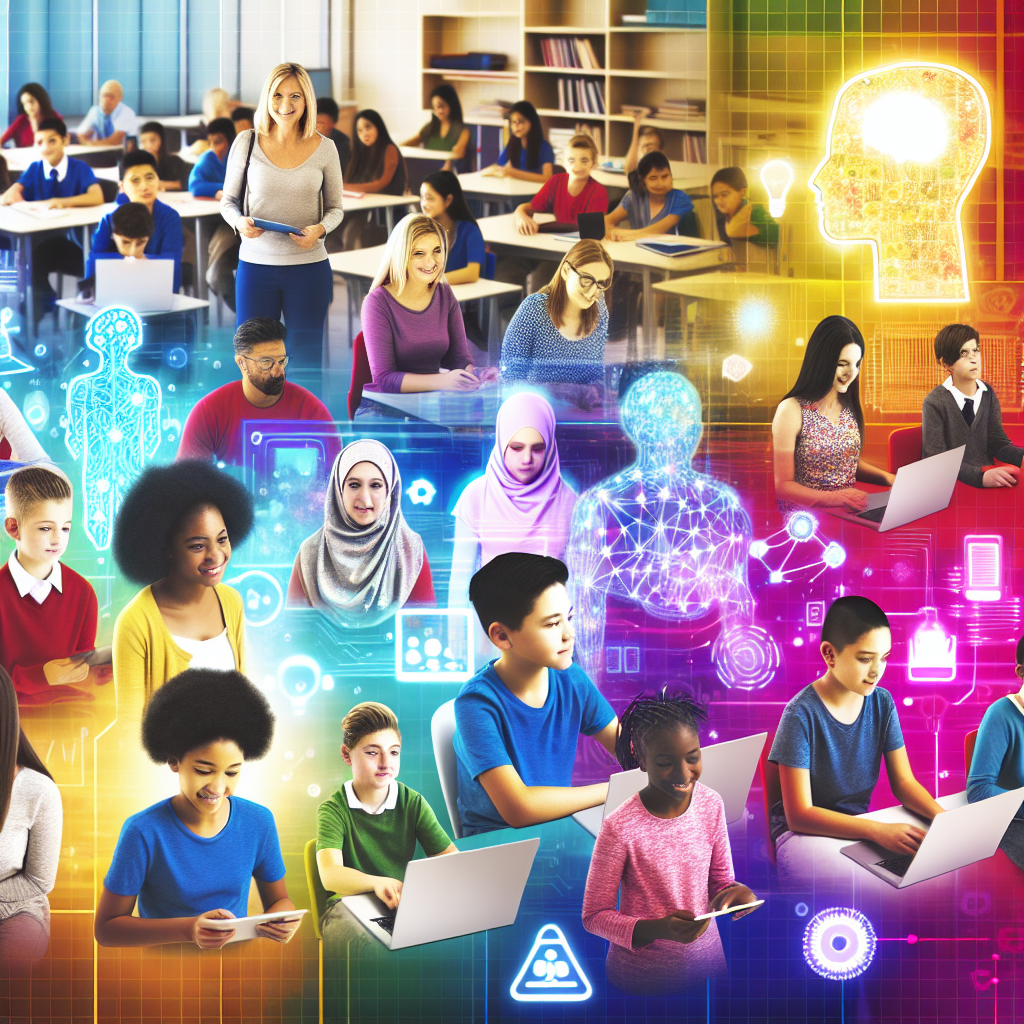Article analysis: Integrating Generative AI in Education: Enhancing Learning and Preparing for the Future

**Quote from the Article:**
"By thoughtfully integrating generative AI into education, we can prepare students to thrive in an AI-driven future, ensuring they are not just consumers of technology but creators and innovators in their own right" .
Generative AI In Classrooms: Cheating Or The Future Of Education?
Generative AI in Education: Cheating or the Future?
In an insightful article titled "Generative AI In Classrooms: Cheating Or The Future Of Education?", the primary argument dismantles the conventional view that using generative AI tools in academia equates to cheating. Rather, it posits that the education system itself is overdue for a transformation to integrate these technologies constructively.
Shifting Perspectives on AI and Education
The article reflects on past educational practices that emphasized rote learning and predetermined answers to equip students for a predictable workforce. However, it highlights that the future demands flexibility, creativity, and collaboration with technology. The integration of generative AI into learning is not just inevitable but necessary for preparing students for a technology-driven world.
Data-Driven Insights on AI Use
Compelling statistics from Turnitin reveal that AI-generated content is minimal among student submissions. This data suggests that the fear of AI overtaking student effort may be overstated. Instead, these tools can significantly enhance learning experiences, supporting the development of critical thinking and problem-solving skills.
Educational Frameworks and Future Readiness
The article aligns with frameworks like "Education 4.0" and insights from the U.S. Department of Education, both advocating for the inclusion of AI literacy in school curricula. The emphasis is on using AI not as a crutch but as a cognitive amplifier, enabling students to navigate future professional environments effectively.
Rethinking Academia for Technological Integration
Highlighting a contrarian view, the article urges educators to reconsider traditional approaches that view AI as a threat to academic integrity. Instead, it encourages the design of AI-enhanced assignments that challenge students' intellectual capabilities, ensuring AI serves as a tool for deeper engagement rather than a shortcut to completion.
Conclusion
The article effectively argues for a balanced and thoughtful integration of generative AI in education, driving home the necessity for evolving teaching methods. While recognizing the potential risks, it offers a progressive vision that empowers students to become innovative thinkers and ethical users of technology in a rapidly changing world.
